Table of Contents
Only a few fruit trees are as beautiful and delightful as a black mulberry tree (Morus nigra). This tree is a wonderful natural wonder, with its gnarled branches and dark, luscious berries, and it has gained favour as an ornamental shade tree.
Mulberry trees have been cherished for ages for their sweet fruit, and they have played an important part in various cultures throughout the world. Growing this tree in your garden might be a gratifying experience because it is not commercially grown in UK gardens.
Black Mulberry Trees in the UK
Did you know that China has the most mulberries in the world? However, you can wander around St. James’s Park at any time and sample the original mulberries.
Black mulberry is the most widely available variety of mulberry in the UK. If you are eager to grow and take care of your own, keep reading! With this post, you will learn all the right techniques to enjoy a bountiful harvest of these tasty fruits for years to come.
How to Grow Black Mulberry?
Mulberry trees can be planted in your garden using a variety of methods. Planting bare-root, container-grown, or balled and burlapped mulberry trees in the desired place is possible. You can also try your hand at propagating black mulberry trees.
1. Bare-Root Method
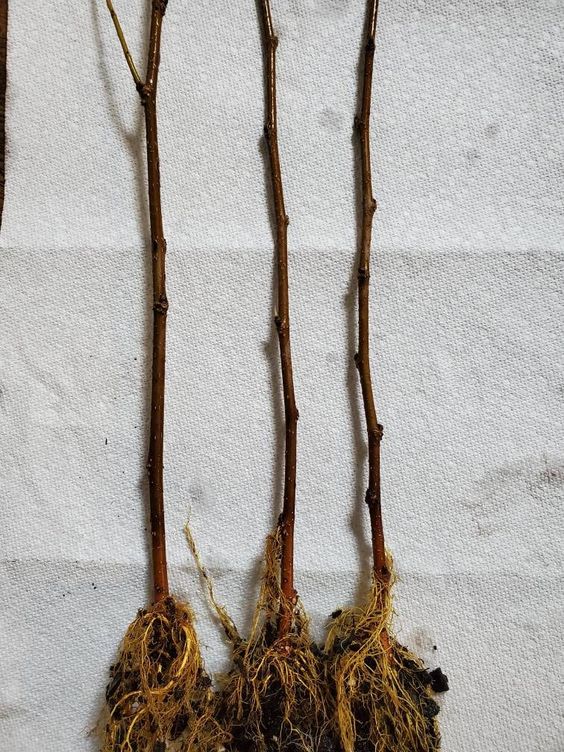
Black mulberry bare-root trees are frequently sold in the winter. To keep the roots moist, they are wrapped in sawdust or a different substance rather than in soil. Soak the roots in water for a few hours before planting a bare-root tree. Dig a hole twice the width and depth of the root system, spread the roots out in the hole, and backfill with soil. Finally, after planting, thoroughly water the tree.
2. Container Method
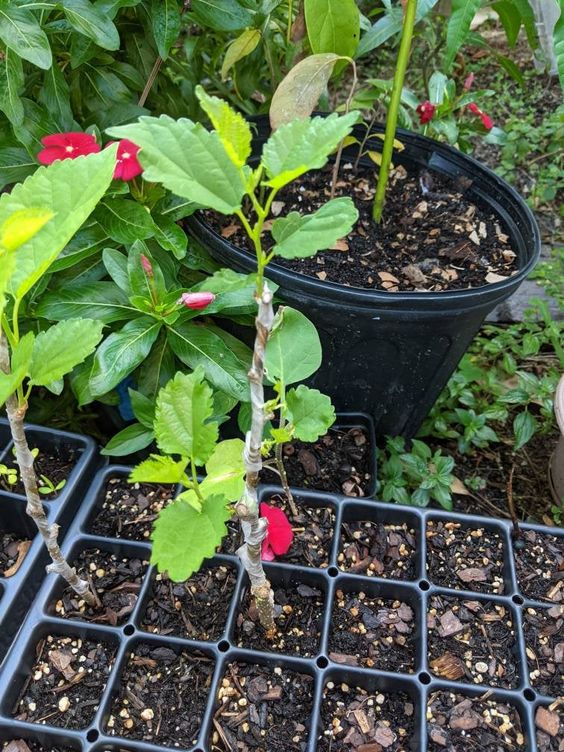
Container-grown black mulberry trees may be planted at any time of year, so this is the best approach to get started right away. Choose a container that is at least twice the size of the root system of the tree. Fill the container with potting soil, take the tree from its old container, and plant it at the same depth it was growing previously in the new container. Water the tree frequently after planting.
3. Balled and Burlapped Method
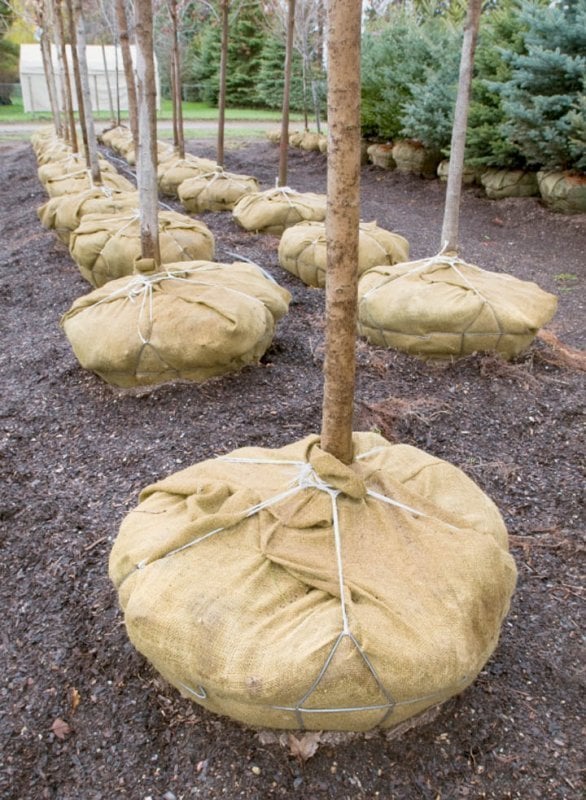
Balled and burlapped black mulberry trees are dug up from the ground with a ball of earth wrapped around the roots and covered in hessian to keep the soil in place.
Dig a hole slightly larger than the root ball, lower the tree into the hole, and then backfill with earth to plant a balled and burlapped tree. Remove any threads or twine, keeping the burlap in place but leave the burlap around the roots in place. After planting, thoroughly water the tree.
4. Propagation
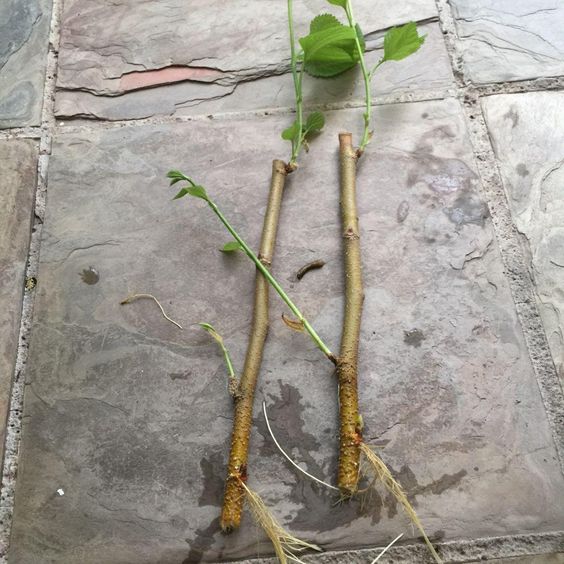
Hardwood cuttings are 6-8 inches long from black mulberry trees and can be taken for propagation in late winter or early spring. Remove the leaves from the bottom half of the cutting and soak the tip in a suitable rooting hormone. Plant the cutting in a pot with an equal mix of sand and peat moss.
Keep the soil moist and place the pot somewhere bright and warm. After a few weeks, you should see root formation and be able to move the cutting to its permanent spot in the garden. Green cutting is a significantly faster option if you need something done quickly.
During the summer, when the stems are mostly green, take softwood or semi-ripe cuttings. Then, take the new green growth, add rooting hormone, if necessary, cover with a cloche, and pot it up in a sheltered location. In a month or two, these cuttings will be well-rooted.
Black Mulberry Tree Care
Even though it is difficult to care for a black mulberry tree because it does not grow well in most UK gardens, you can make it happen by considering the factors listed below.
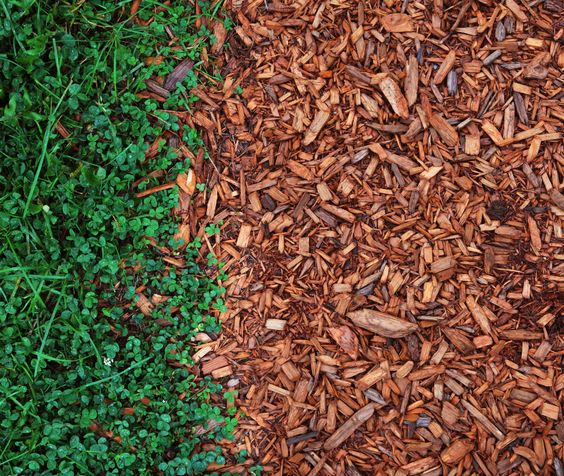
- Pruning: You should prune black mulberry trees in the late winter or early spring to remove any dead, damaged, or diseased branches. You can also remove any branches that are crossing or rubbing against each other. Make sure to prune lightly to maintain the tree’s shape, and never do heavy pruning, as this can reduce fruit production.
- Mulching: Mulch around the tree’s base using organic material such as compost, wood chips, or leaves. As it decomposes, it will help retain moisture, suppress weeds, and provide nutrients.
- Fertilizing: These trees don’t need frequent fertilization. But you can apply a balanced fertilizer in the spring if desired. Do not over-fertilize, as this can lead to excessive growth and reduced fruit production.
- Pest and disease control: Spider mites, aphids, powdery mildew, and rust are among the pests and diseases that can affect black mulberry plants. Regularly inspect the tree and treat any problems using organic or chemical remedies as needed.
- Harvest: Ripe black mulberries are soft, juicy, and dark in colour. Harvest them by hand with care, being cautious not to damage the fruit or the tree.
Where to Plant Black Mulberry Tree?
The perfect location to plant a black mulberry plant should have the factors listed below.
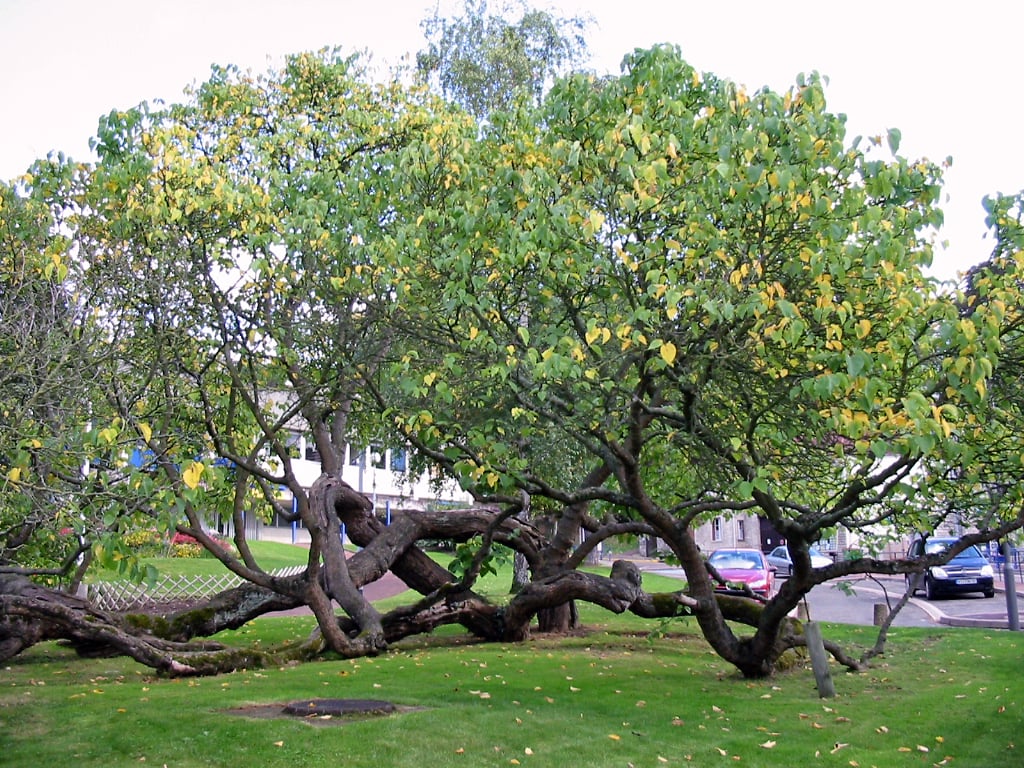
- Sunlight: To produce a good crop of fruit, black mulberry trees require full sun. Select a planting site that receives at least 6-8 hours of direct sunlight per day.
- Soil: These trees prefer well-draining soil that is slightly acidic (pH 6.0-6.5). So don’t plant them in hard clay or alkaline soil. Using a PH testing kit, you can determine the PH of the soil on your own. If your soil is too alkaline, you can amend it with organic matter or sulphur to lower the pH.
- Water: Watering is essential for black mulberry trees, especially during dry seasons. Choose an easy-to-water position and avoid planting in low-lying areas that can become waterlogged.
- Space: Because mature black mulberry trees can grow to be more than 30 feet tall and wide, choose a planting location with enough space to accommodate the mature tree. Planting too close to buildings, electrical wires, or other trees should be avoided.
- Climate: These beautiful trees prefer mild climates and may struggle in extreme heat or cold.
Growing Black Mulberry Fruit Trees
The first thing you’ll need is a lot of patience to cultivate your own black mulberry tree. Even under the best of conditions, it takes 8-9 years for the fruit to bloom and be ready for consumption.
But the wait is well worth it! While you wait for the fruit, a black mulberry tree will make an excellent captivating tree for your garden.
| OUTLINE | |
|---|---|
| Scientific name | Morus nigra |
| Growth rate | Moderate |
| Mature height | 8m – 12m |
| Mature spread | 8m – 15m |
| Sun exposure | Full sun |
| Soil type | Well-drained, fertile soil |
| Soil pH | 6.0 to 6.5 |
| Watering | Regular watering, especially during drought |
| Fertilizer | Apply in spring and summer |
| Pruning | Best done in winter or early spring |
| Harvest time | Late spring to early summer |
Although black mulberry trees can grow to 15 metres in height, they are much smaller and shrubbier in the UK, and they are tart and almost taste like blackberries.
There are several varieties of black mulberries you can consider growing in the UK. The most common are:
-
Chelsea: This variety is well-known for its huge, sweet fruit and lovely leaves. Because it is a petite tree, it is ideal for tiny gardens.
-
King James I: A popular variety with huge, flavourful fruits. The tree is also a fast grower, reaching heights of up to 40 feet.
-
Noir of Spain: A traditional variety with huge, lush fruits. The tree is also valued for its ornamental value, as seen by its lovely leaf and bark.
-
Wellington: This variety is known for its large, flavourful fruit and vigorous growth habit. The tree can reach up to 40 feet in height and is also resistant to disease.
-
Hick’s Fancy: Another popular variety that produces sweet, juicy fruit. The tree has a compact growth habit and is well-suited for smaller gardens.
Nurturing Your Own Orchard of Delicious Fruits
We hope this post has helped you learn more about black mulberry trees and the best planting and care methods for them and that you are now ready to plant and care for them.
Growing and caring for black mulberry trees is a rewarding and enjoyable process that can result in a bumper crop of delicious fruit that everyone should try. While it may take some effort to establish and maintain the plants, following the proper steps outlined in this guide will ensure success.
The first and most crucial step is to select the best location for growing mulberries. You can grow black mulberry plants in a variety of ways, including bare roots and propagation, as mentioned in this post. Mulberry tree care procedures are simple and can be completed in a short period of time.
With patience, sufficient care, and frequent and balanced fertilisation, black mulberry trees grow magnificently in UK soil. These gorgeous trees will surely be a worthwhile time investment.
Frequently Asked Questions
What Is the Difference Between Mulberry Bush and a Tree?
The main difference between a mulberry bush and a tree is their growth habits, size, and lifetime. A mulberry bush is a tiny, bushy shrub that grows to a height of 3-6 feet and has a lifespan of approximately 10-15 years. A mulberry tree, on the other hand, is a larger, longer-living plant that can grow to be 30 feet tall or more and live for decades or even centuries.
How Do I Grow Black Mulberry Using Seeds?
Mulberry trees are exceedingly easy to cultivate from seed, as indicated by their prolific self-seeding. Fruits from the tree can be dried and used to harvest seeds for planting, or you can just wait for dropped seeds to germinate in the yard and carefully transfer them to new sites.
Are Black Mulberries Susceptible to Any Diseases or Pests?
Black mulberry trees can be susceptible to scale insects, whiteflies, and powdery mildew. Regular inspection and treatment with appropriate insecticides or fungicides can help prevent these problems.

![How to Grow and Care for Black Mulberry Plants [UK] Black Mulberry Plants](https://www.thearches.co.uk/wp-content/uploads/Black-Mulberry-Plants-.jpg)



